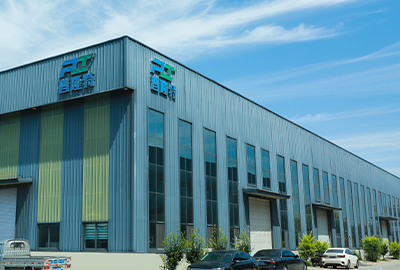When it comes to personalizing and enhancing the aesthetic appeal of a vehicle, car enthusiasts are always on the lookout for stylish accessories that can elevate their ride's appearance. One such accessory that has gained significant popularity is the chrome trim strip. Specifically, the demand for China chrome trim strips has surged due to their affordability, availability, and versatility. This article explores the key features, benefits, and considerations of incorporating chrome trim strips into your vehicle's exterior.
 Home
Home








